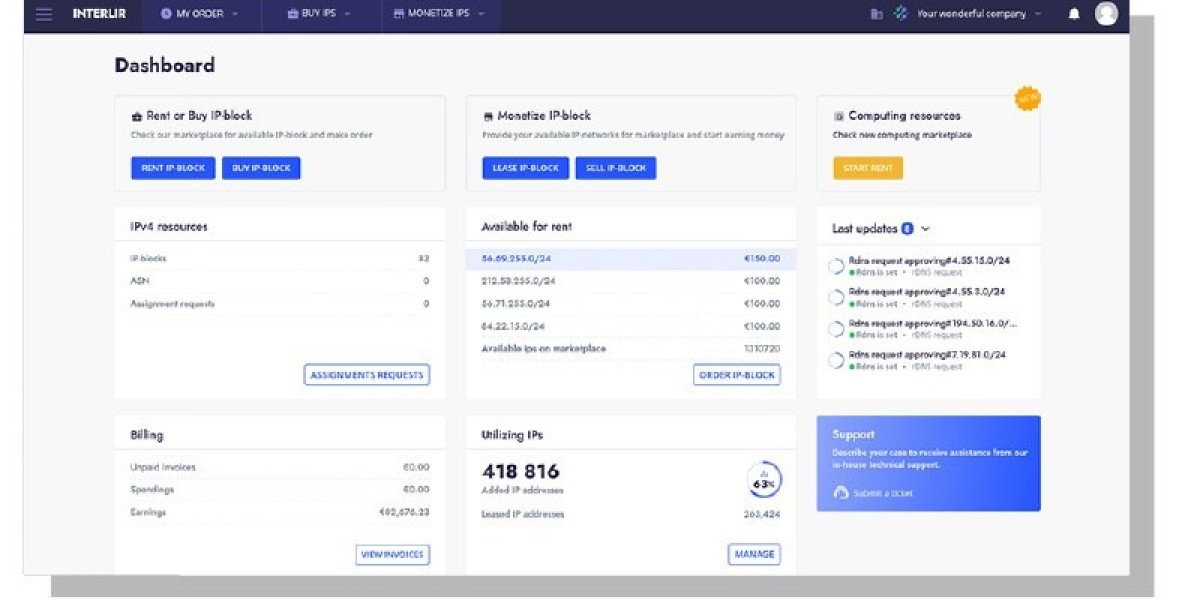Technology is constantly reshaping the way workplaces operate. From new software systems to advanced machines and even small digital tools, every shift in technology changes the way employees interact with their environment. While these changes bring speed, efficiency, and innovation, they also introduce new risks if workplace procedures are not updated on time. Think of it like upgrading a car engine but still using an old braking system—eventually, something will fail. This is why organizations must act quickly to adjust workplace procedures whenever technology advances.
In fact, many professionals who complete Safety Officer Courses understand that technology itself can become a hazard if not managed properly. Just because a tool is new does not mean it is automatically safe. Without updated safety rules, training sessions, and emergency plans, businesses may unintentionally put employees at risk.
The Hidden Risks Behind Technology Updates
At first glance, technological change looks like progress. A new machine speeds up production, or a new digital platform simplifies reporting. But here’s the hidden truth: every new system or tool creates unfamiliar risks. For instance, when offices shifted from paper files to cloud-based storage, many organizations forgot to update their cybersecurity procedures. As a result, data breaches increased dramatically in those early years.
Similarly, on the factory floor, an advanced robotic arm may reduce manual labor but introduce crushing hazards if workers are not trained in how to operate around it. These risks are preventable, but only if organizations review and refresh their procedures immediately after the change.
Why Delays in Updating Procedures Are Dangerous
Imagine this scenario: A construction company invests in a cutting-edge crane. The crane can lift heavier loads and reduce manual effort. But the old procedures still instruct workers to stand in positions that are no longer safe with the new equipment. In the first week, an accident occurs because no one was told where the new “danger zones” were.
Delays in updating safety procedures are not just inconvenient; they can lead to:
Increased workplace accidents
Reduced worker confidence
Legal liabilities for the employer
Equipment damage and costly downtime
The key lesson here is simple: when technology changes, safety must change at the same pace.
How Organizations Can Respond to Technology Changes
Updating procedures doesn’t have to be complicated. What matters most is adopting a proactive mindset. The moment a new system, machine, or software is introduced, safety teams should take action. Here’s a step-by-step approach that can help.
Step 1: Assess the New Technology
Before rolling out any new tool, leaders must analyze how it affects existing workflows. Does it create new physical hazards? Does it require different protective equipment? Or does it change the way employees interact with one another?
A practical example comes from warehouses that adopted autonomous forklifts. At first, employees assumed they could walk freely as before. Only after accidents occurred did companies realize they needed clear pedestrian lanes and new awareness training.
Step 2: Review Current Procedures
Next, compare the new risks with the existing procedures. Are there gaps? Do the instructions reflect the latest way of working? For instance, if a company starts using drones for site inspections, old rules about “no unauthorized personnel on rooftops” may no longer apply—but new rules about safe drone operation must replace them.
Step 3: Update Written Guidelines
After identifying the gaps, organizations should rewrite their official guidelines. These updates should be clear, simple, and practical. Overly technical language may confuse employees, so aim for everyday language that everyone understands. The goal is not just to comply with regulations but to make safety second nature.
Step 4: Train Employees Immediately
Even the best-written procedures are useless unless employees know about them. This is where training plays a central role. For example, when companies introduce digital monitoring systems for chemical storage, workers must be shown how to read alerts, respond to alarms, and prevent exposure.
Many companies rely on Safety Courses to ensure workers understand these updated rules. These training sessions build awareness and equip employees with confidence in managing new technologies safely.
Step 5: Monitor and Evaluate Continuously
Technology never stands still, which means safety procedures can’t either. Organizations should regularly evaluate whether their updated procedures are working. Are accidents decreasing? Do employees feel more confident? Is productivity balanced with safety?
One powerful way to monitor effectiveness is by gathering feedback from frontline workers. They are often the first to notice small glitches, unsafe shortcuts, or risky habits. Listening to them ensures procedures evolve in real time.
The Human Side of Safety
Behind every workplace rule is a person whose safety is on the line. A useful anecdote comes from a packaging plant that introduced high-speed conveyor belts. Management assumed the belts were safer because they reduced lifting injuries. But one worker shared a story about how his sleeve almost got caught because no one mentioned the belts’ increased pulling force. This single insight led the company to redesign uniforms and improve training.
Stories like these remind us that technology changes don’t just alter machines; they affect people directly. Updating procedures ensures employees don’t become test subjects for trial-and-error safety.
Why Training Builds Trust
Trust plays a huge role when new technology enters the workplace. Employees often feel nervous about unfamiliar tools. If procedures remain outdated, workers may believe management values productivity more than their safety. However, when companies update rules and provide immediate training, employees feel supported.
This trust directly impacts performance. Confident workers are more focused, more productive, and less likely to resist change. In fact, many businesses report smoother transitions when training and safety updates are prioritized. This is why Safety Officer Courses often emphasize communication as much as technical knowledge. Workers need clear instructions, but they also need reassurance that change won’t put them at risk.
A Step-by-Step Guide to Building a Culture of Safety During Tech Changes
Anticipate change: Stay informed about upcoming tools and systems.
Engage safety officers early: Involve them before implementation.
Identify new hazards: Consider physical, digital, and organizational risks.
Revise rules quickly: Ensure documents and posters reflect the new reality.
Educate employees: Use practical training, not just memos.
Monitor effectiveness: Gather data and feedback for adjustments.
Celebrate compliance: Acknowledge teams that follow updated practices.
The Cost of Ignoring Updates
Some managers may feel tempted to delay updates to save time or money. But this is a short-sighted decision. Workplace accidents often cost far more in medical expenses, legal claims, and lost productivity than updating procedures would have. More importantly, accidents damage reputations. Employees talk, and if they feel unsafe, word spreads quickly.
On the other hand, companies that act fast on safety updates earn respect. Clients, regulators, and employees notice when an organization takes proactive steps. This reputation not only keeps workers safe but also builds long-term trust in the company’s brand.
Read More: Why Safety Officer Courses Are Essential
If you’re serious about managing workplace risks during times of change, professional training is invaluable. Enrolling in Safety Courses provides practical knowledge on hazard recognition, emergency planning, and safe implementation of new technology. These programs don’t just teach rules—they help leaders create a safety-first culture that adapts quickly to change.
Final Thoughts
Technology is a powerful driver of progress, but it can also introduce new hazards if not managed properly. Immediate updates to workplace procedures are not a luxury; they are a necessity. By assessing new tools, reviewing existing rules, updating guidelines, training employees, and monitoring results, organizations can keep pace with change without sacrificing safety.







